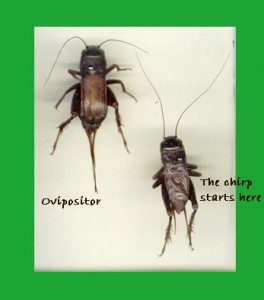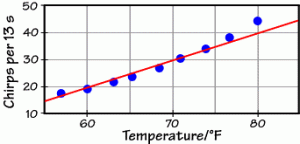I recently took a journey—a “staycation” you may call it. It was an eye-opening experience enriched with history, with mathematics, with architecture, with various other aspects of knowledge. And science, you may ask? Definitely.
Intrigued by the lone black and white poster surrounded by blurring splashes of colour in Buchanan D, I stepped closer to read “Islam Awareness Week at UBC! Visit our booth in the SUB from Feb 13-17 and find out about… Islam and Science!” Curiosity piqued, I rushed to a computer and that’s where it all began.
My very first stop on this journey was the United States Library of Congress — it’s ceiling, to be exact. This famous ceiling contains the names of all the previous nations that have been prevalent in the spread of knowledge through history. Amongst the names of numerous countries such as Italy, Greece, Germany, Spain, and Britain, was one religion: Islam.
Islam? How could this be? I delved into the literature, sprinted across fields of research and came across gem after gem. Here are a few:
Gem #1: Muhammad Ibn Musa Al-Khwarizmi, a Muslim mathematician, invented algebra, arithmetic and introduced Arabic numerals. His method was deemed to be far more superior than the current European system of arithmetic of the time, which was based on Roman numerals. (Imagine doing this on a math test: CXXIII x XI = MCCCLIII. Aren’t you glad we use this instead: 123 x 11 = 1353?) His work was first referenced by Fibonacci, the Italian mathematician in a book titled Liber Abaci.
Gem #2: Ibrahim al-Uqlidisi, a Muslim scholar in the 10th century, created the decimal system to describe fractions. This is such an integral part of our everyday life that it seems impossible that we once existed without this concept.
Gem #3: Al-Zahrawi (known in the West as Abulcasis), a Muslim physician, is regarded as the father of modern surgery. He was the first physician to describe surgical procedures such as one for an ectopic pregnancy, a pregnancy in which the embryo grows outside the womb.
Gem #4: Ibn Sina, one of the greatest Muslim legends of the Islamic golden age, compiled an encyclopedia over a million words long which became the standard European medical reference work. This work included a description of the six motor muscles of the eye and the various types of hepatitis as well as their causes among many other medical concepts. Today, his portrait adorns the hall of the School of Medicine in the University of Paris.
The one thing these great scientists had in common was their religion—Islam. Their motivation and determination for seeking knowledge was encouraged by Islam. Prophet Muhammad (May Peace and blessings be Upon Him) to whom the message of Islam and Quran was revealed stated that
“For him who embarks on the path of seeking knowledge, Allah (God) will ease for him the way to paradise.”
and
“Seeking knowledge is incumbent upon every Muslim”














